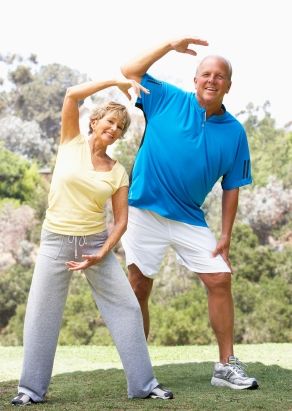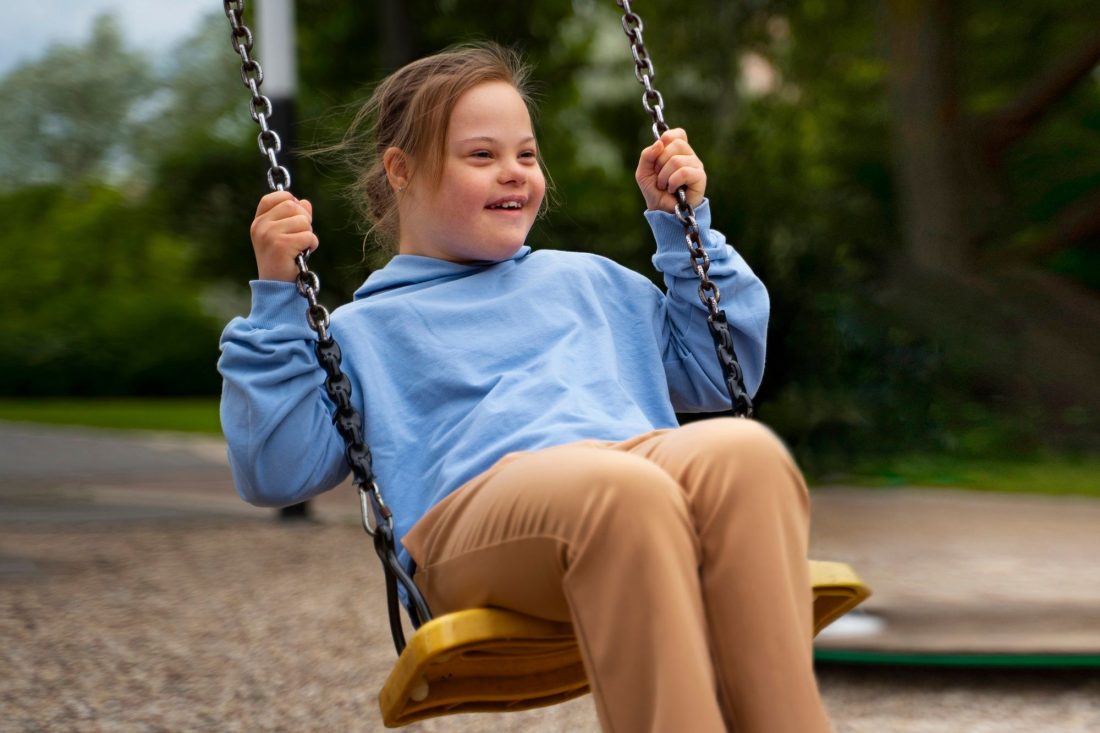Exercise capacity is defined as the measure of how hard you are able to work out. This is greatly connected with mortality and how long a person will live. Although your exercise capacity naturally depletes with age and the conditions sometimes brought on with age, with regular exercise you can considerably counteract the loss of aerobic capacity.
My grandfather is a great example of an elderly person with a good exercise capacity. Having the responsibility of a dog, my 86 year old grandfather takes his pet on walks 3 times a day. This keeps his body and bones strong for his age, and helps his overall health, in turn lengthening his life. As you age it is suggested you go from more intense workouts to slower exercises. For example at age 20 you should be able to life heavy weights, and bike uphill, but at age 70 it is only recommended you be able to brisk walk. By the time you've hit 80, the exercise decreases to light yard work, for example raking.
A study published in August 2010 showed that it is never too late to start exercising. In the study, 5314 males from the age of 65 to 92 participated in exercise testing at hospitals between 1986 and 2008. Each person was tested on a treadmill and in MET's (Metabolic Equivalent of Task), which is the measurement of the intensity of aerobic exercise.
After 8 years of follow up, 2137 of the participants died. In those who died, the average exercise capacity was 5.3 METs, while in those still living the average exercise capacity was 6.3 MET's. For each MET increase there was a 12 percent reduction in the risk of death. In participants with a MET level more than 9.0 had a death risk lowered by 61%.







